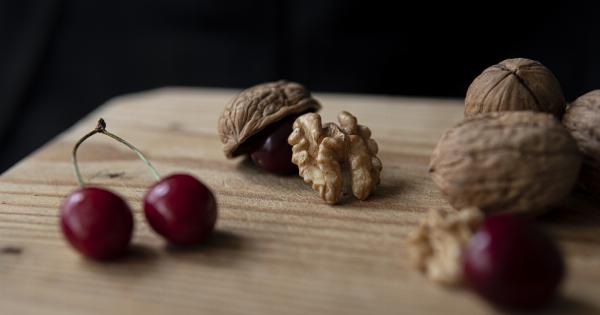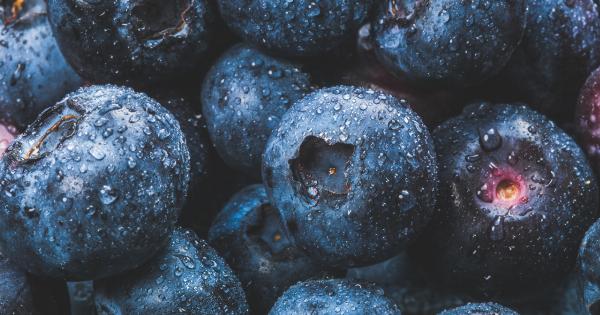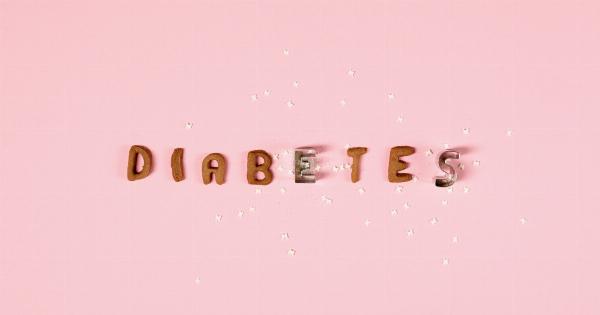Do you find yourself reaching for sugary snacks more frequently than usual? The culprit may not lie in your willpower, but rather in your exposure to light. Research suggests that light exposure can have a significant impact on our appetite for sweet treats. This article explores the link between light and cravings for sugar, shedding light on the science behind our insatiable desire for confectionery delights.
The Science of Sweet Cravings
Our cravings for sweets are deeply rooted in our biology. It all begins with the brain’s reward system, which is responsible for triggering feelings of pleasure and motivation.
When we consume sugary foods, the brain releases dopamine, a chemical that makes us feel good. This dopamine release reinforces the behavior, creating a cycle of craving and indulgence.
Various factors influence the brain’s reward system, including exposure to light. Light plays a crucial role in regulating our internal clock, or circadian rhythm, which affects sleep-wake cycles and hormone production.
Disruptions to this circadian rhythm can have negative consequences on our overall health and well-being, including our eating habits.
Light and Circadian Rhythm
The body’s internal clock is largely influenced by light exposure. This clock is set by a region in the brain called the suprachiasmatic nucleus (SCN), which receives signals from specialized cells in the eyes that detect light.
The SCN communicates with other parts of the brain and body to regulate various physiological processes, including appetite and metabolism.
Exposure to light, especially in the morning, helps synchronize our internal clock and promotes alertness and wakefulness.
It also influences the timing of hormone secretion, such as cortisol and melatonin, which play a significant role in hunger and satiety. Cortisol, often referred to as the stress hormone, can increase appetite, particularly for foods high in sugar and fat.
The Link Between Light and Sugar Cravings
Studies have shown that exposure to bright light, especially in the evening or at night, can disrupt our circadian rhythm and lead to an increase in sweet cravings. One study conducted by researchers at Northwestern University found that people who were exposed to bright light in the evening experienced higher cravings for carbohydrates, like sugar and refined grains, compared to individuals who were exposed to dim light.
The researchers also found that those who were exposed to bright light in the evening had higher insulin resistance, a condition in which the body’s cells become less responsive to the hormone insulin.
Insulin resistance is a precursor to type 2 diabetes and can increase the risk of obesity. These findings suggest that light exposure, especially at inappropriate times, can disrupt our metabolism and lead to unhealthy eating patterns.
Blue Light and Sugar Cravings
While all forms of light can influence our circadian rhythm, one particular type of light has gained attention in recent years – blue light.
Blue light is emitted by electronic devices, such as smartphones, tablets, and laptops, as well as energy-efficient light bulbs. Research suggests that exposure to blue light, especially in the evening, can interfere with the production of melatonin, a hormone that helps regulate sleep.
Furthermore, blue light exposure has been linked to increased hunger and cravings for sweet and salty foods.
One study published in the journal Sleep found that individuals who were exposed to blue light in the evening had higher hunger levels than those exposed to dim light. The participants exposed to blue light also had an increased desire for high-calorie snacks, predominantly those rich in carbohydrates and sugar.
Managing Sugar Cravings in the Modern World
In today’s modern society, it can be challenging to avoid exposure to bright or blue light, particularly in the evening. However, there are strategies that can help manage sugar cravings and promote a healthier eating pattern:.
1. Limit Screen Time in the Evening
Avoid using electronic devices, such as smartphones, tablets, and computers, at least one to two hours before bedtime. If necessary, use blue light filters or switch to amber-colored glasses that block blue light.
2. Use Low-Intensity or Warm Lighting in the Evening
Opt for low-intensity or warm-colored light bulbs in the evening to create a relaxing environment conducive to sleep. Dimming the lights signals to your body that it is time to wind down and prepare for rest.
3. Establish a Consistent Sleep Schedule
Go to bed and wake up at the same time every day, even on weekends. This helps regulate your body’s internal clock and promotes healthier sleep patterns.
4. Optimize Your Bedroom for Sleep
Create a sleep-friendly environment by keeping your bedroom dark, cool, and quiet. Use curtains or blinds to block out external light sources, such as streetlights or sunlight in the morning.
Consider using earplugs or white noise machines to reduce noise disturbances.
5. Practice Mindful Eating
Awareness and mindful eating can help you better manage sugar cravings. Take the time to savor each bite, paying attention to the flavors, textures, and sensations. This can help reduce mindless snacking and promote a healthier relationship with food.
Conclusion
Light exposure plays a significant role in regulating our appetite, specifically our cravings for sweet treats.
The disruption of our circadian rhythm, particularly through the exposure to bright or blue light, can lead to an increase in sugar cravings and unhealthy eating patterns. By adopting strategies to manage light exposure and practicing mindful eating, we can take control of our cravings, leading to a healthier and more balanced diet.































